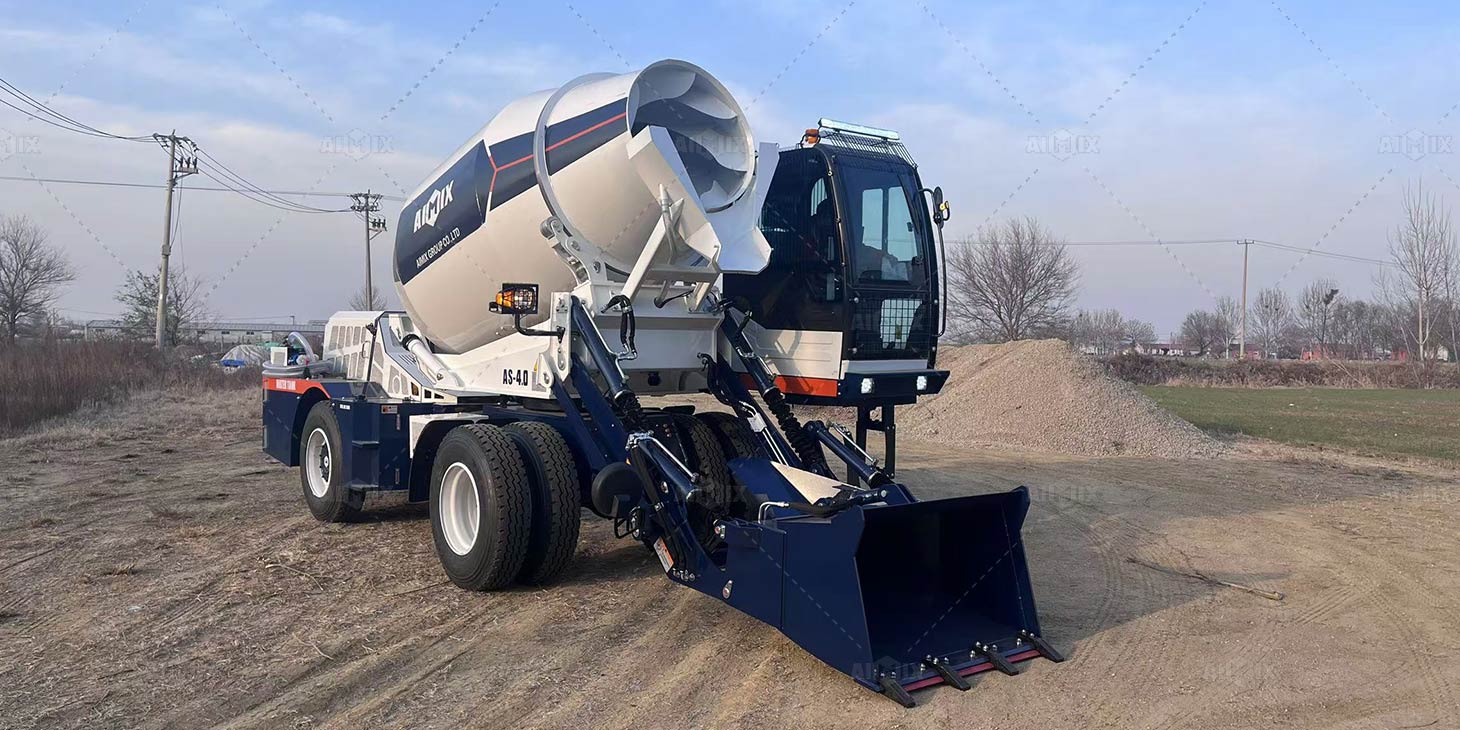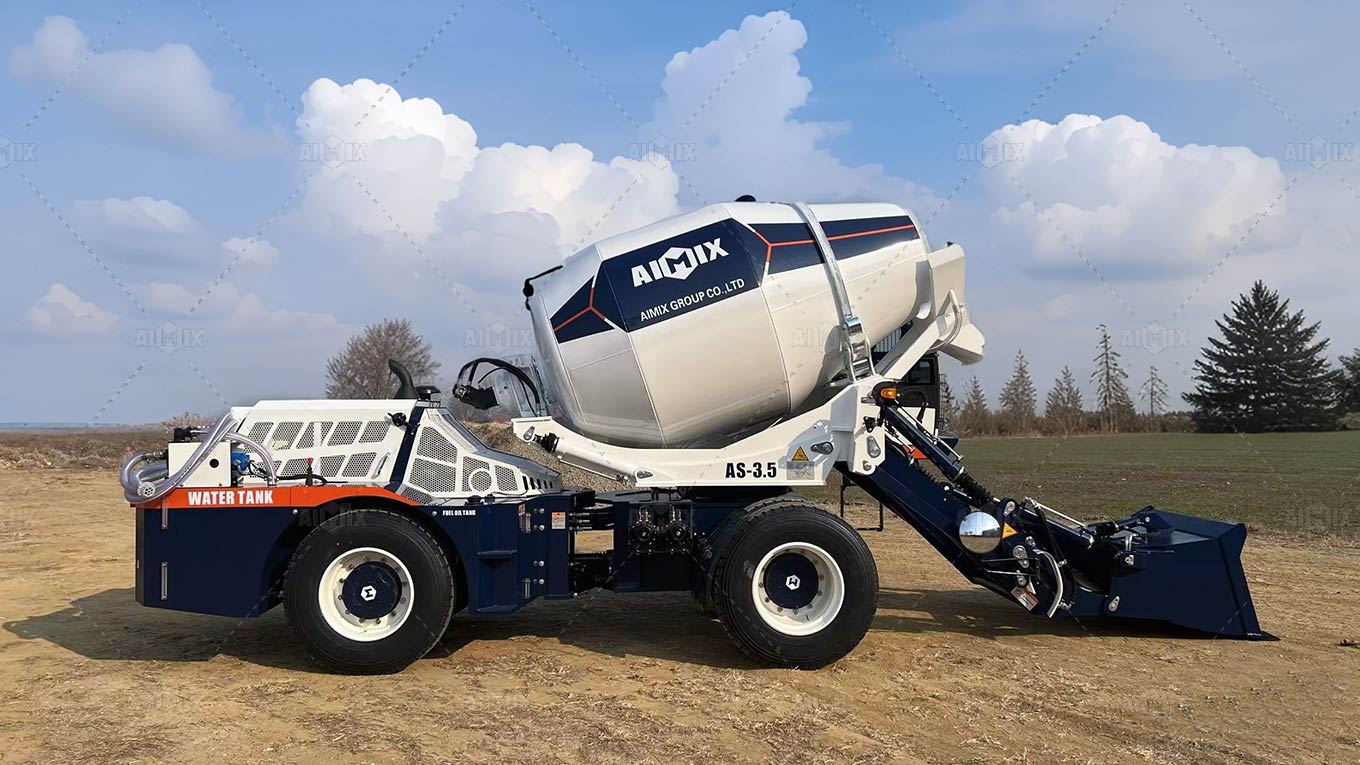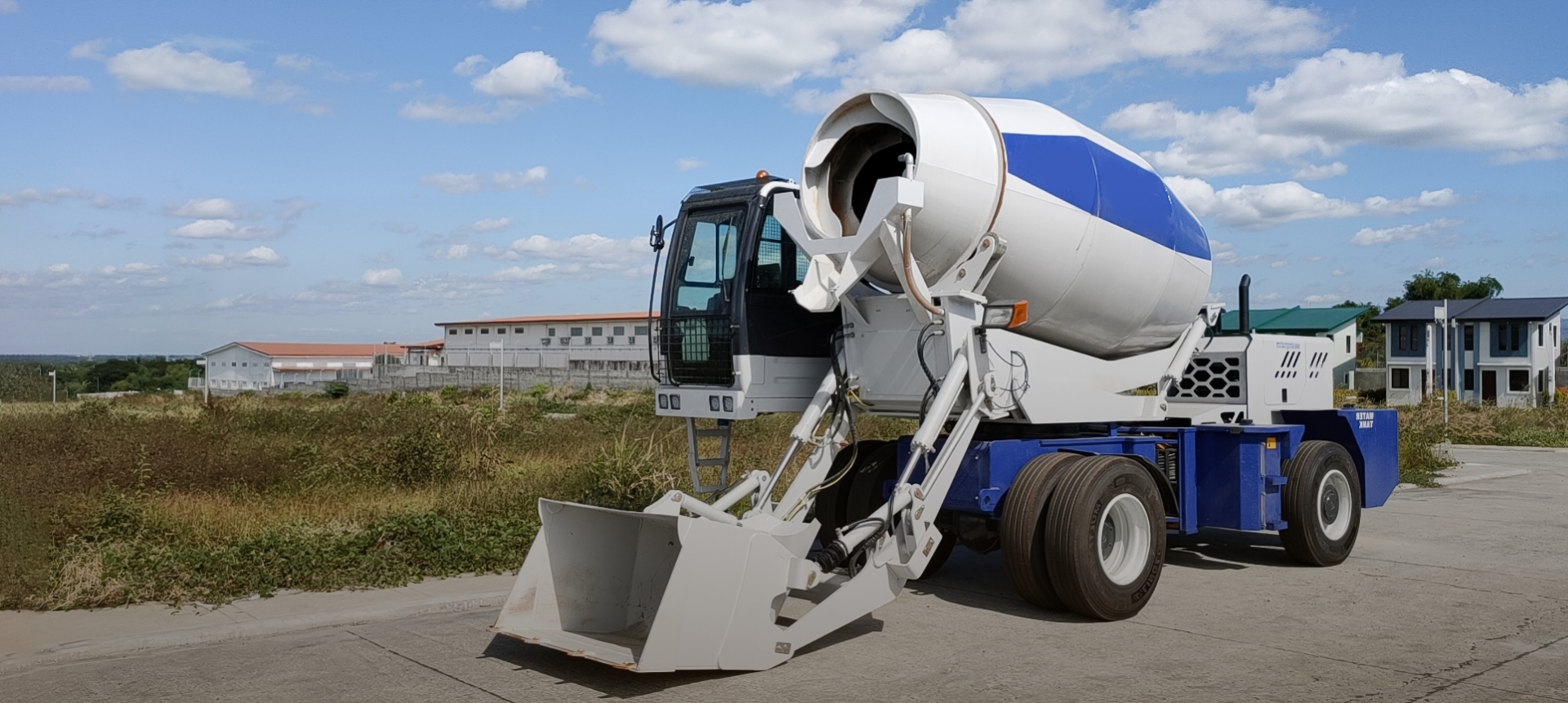The Nigerian construction sector faces a perennial dilemma – how to balance cutting-edge equipment costs with the relentless demand for affordable housing and infrastructure. Self-loading concrete mixers present an intriguing solution to this conundrum, offering the promise of both operational efficiency and long-term cost savings. Yet their upfront concrete mixer price in Nigeria gives many local builders pause, creating a technological adoption gap that could potentially slow Nigeria’s construction evolution.
These versatile machines combine material handling, batching, mixing and placement into a single mobile unit, eliminating multiple pieces of equipment and reducing labor requirements. For a market grappling with skilled worker shortages and unreliable supply chains, the benefits appear compelling. However, the real question isn’t about capability, but rather economic accessibility and whether the total cost of ownership justifies the investment for Nigeria’s predominantly small-to-medium construction firms.

Breaking Down the Cost Barrier
Initial Investment vs Long-Term Savings
At first glance, self-loading mixers carry a premium price, typically 40-60% higher than conventional setups. However, Nigerian contractors who’ve adopted the technology report recouping costs within 18-24 months through dramatically reduced operational expenses. The elimination of separate mobile batching plants, transit mixers, and associated fuel costs creates substantial savings. One Lagos-based builder documented a 67% reduction in concrete production expenses after switching.
Financing Options Emerging
Recognizing the market potential, several equipment financiers now offer Nigeria-specific payment plans. These include seasonal payment structures aligned with project cash flows and cooperative purchase schemes where multiple small contractors jointly acquire a unit. Some manufacturers have introduced rent-to-own programs with maintenance packages bundled into monthly payments, making the technology more accessible.

Operational Advantages in Nigerian Conditions
Overcoming Infrastructure Challenges
Nigeria’s notorious power instability and poor road networks render traditional concrete supply methods unreliable. Self loading concrete mixture thrives in these conditions, requiring only minimal generator power and capable of producing concrete directly at remote sites. Their ability to utilize locally sourced aggregates without preprocessing solves one of Nigeria’s most persistent material supply headaches, particularly in northern regions far from commercial quarries.
Labor Efficiency Redefined
With skilled operators in short supply, the machines’ semi-automated systems allow relatively unskilled workers to produce specification-grade concrete consistently. Advanced models feature multilingual interfaces (including Hausa and Yoruba language options) and automated mix proportioning that compensates for material variations – crucial in Nigeria’s inconsistent aggregate quality. Builders report being able to reallocate 3-4 workers previously dedicated solely to concrete production to other tasks.
The Maintenance Reality Check
Local Service Network Limitations
While the machines promise efficiency, Nigeria’s underdeveloped equipment service infrastructure presents genuine challenges. Unlike simpler drum mixers that any local welder can repair, self-loading concrete cement mixer require specialized technical knowledge. Forward-thinking manufacturers are addressing this by establishing regional training centers in Abuja and Port Harcourt, while also developing simplified diagnostic systems that local mechanics can operate via smartphone apps.
Adapting to Harsh Operating Conditions
Nigeria’s combination of dust, heat and humidity accelerates wear on sensitive components. The latest generation of machines features tropicalized versions with upgraded air filtration, corrosion-resistant hydraulics, and sun-protected control panels. These adaptations add marginally to costs but significantly extend service intervals – a tradeoff that pays dividends in Nigeria’s demanding environment.
The verdict? While self-loading mixers undeniably require careful financial planning, their operational benefits and long-term economics make them increasingly viable for Nigerian builders willing to embrace new methodologies. As financing options expand and local support networks develop, these machines may well become the standard rather than the exception in Nigeria’s evolving construction landscape.
